Today, we are looking at the Crucial P310 2TB NVMe SSD. This is the first 2TB M.2 2230 I have looked at in my coverage of the 2230 market. All previous entries into this series are 1TB in capacity. In addition, the P310 is the newest drive I have covered, having just been released. 2230-sized (30mm) drives are normally used in devices such as small laptops and mobile game devices like the Steam Deck and ROG Ally, which is the exact market that Crucial is targeting the P310 at, to the point of even putting a little ‘handheld compatible’ logo on the box. Compared to the previous drives I have reviewed, the P310 stands out in several ways, so I am excited to look at it.
Crucial P310 2TB PCIe Gen4 NVMe SSD
The Crucial P310 2TB comes in a small, single-sided M.2 2230 (30mm) form factor.
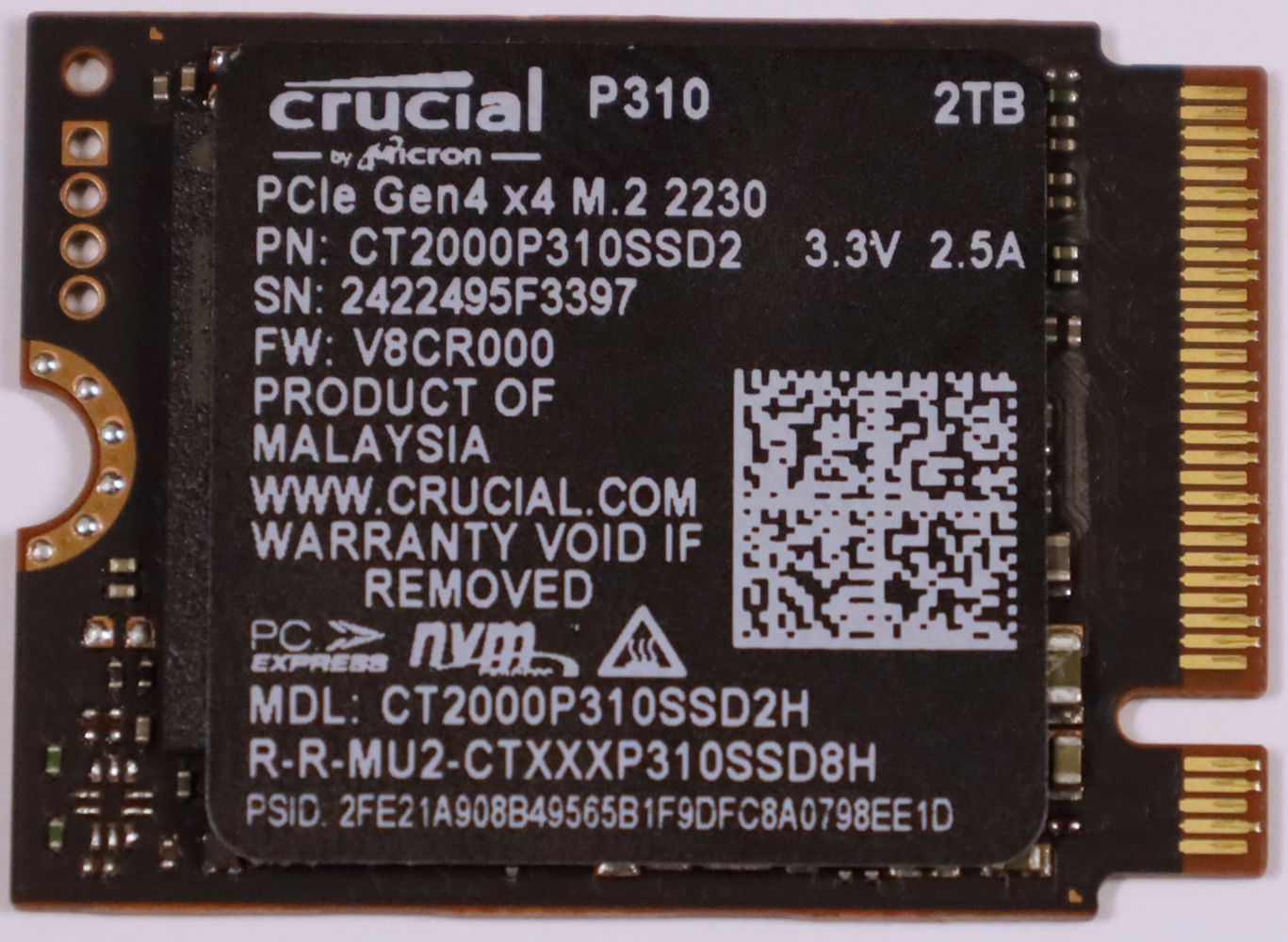
While some Crucial offerings have been fully vertically integrated in the past, the P310 is based on the Phison PS5027-E27T controller. This is a recent DRAM-less controller that is aiming for 7000 MB/s interface saturation on a PCIe 4.0 x4 interface. Also making the P310 unique compared to the previous drives I have reviewed is the use of Micron’s 232-layer QLC NAND. While QLC is sometimes seen as a bit of a naughty word in the SSD space, in reality, the capacity needs and read-intensive workload of something like gaming is well suited to the performance characteristics of QLC NAND, so it is not a bad fit for a drive like the P310. We are also talking about a 30mm 2TB drive.
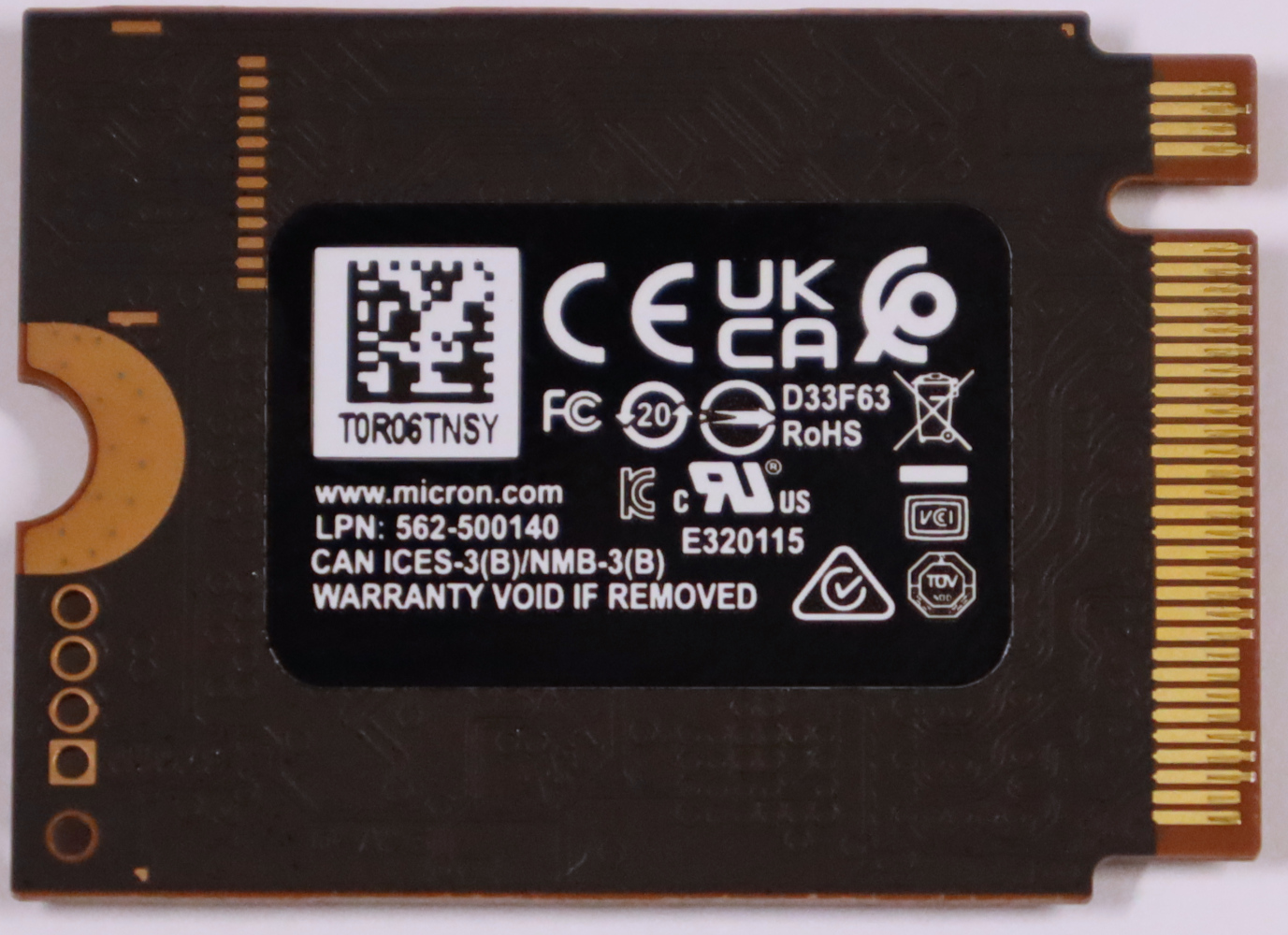
The backside of the Crucial P310 has nothing on it but a label, which is to be expected.
Crucial P310 1TB SSD Specs
The Crucial P310 is available at 1TB and 2TB capacity points.
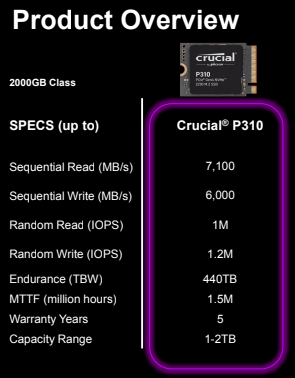
The 2TB model has specified 7100 MB/s read and 6000 MB/s sequential write speeds. This is the first 2230-sized drive I have reviewed that is pushing for the 7 GB/s performance class. All previous drives have targeted 5 GB/s. I will have high-performance expectations. Endurance is less premium at 220 TBW per TB of drive capacity. While somewhat expected, given the QLC NAND, this falls significantly short of what I expect from TLC drives. With that said, given the explicit target market for the P310 (gaming and handhelds) the rated endurance is not likely to be an issue. Rounding out the specs is the industry standard 5-year warranty.
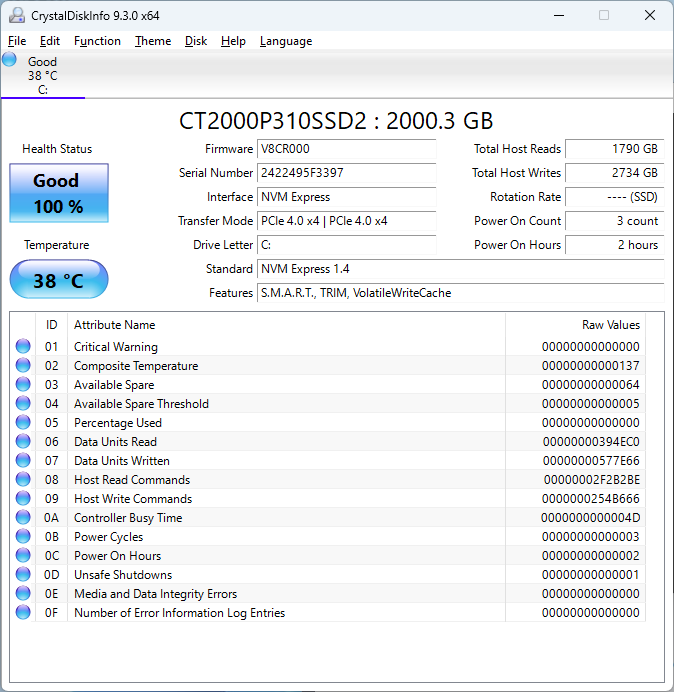
CrystalDiskInfo can give us some basic information about the SSD and confirms we are operating at PCIe 4.0 x4 speeds using NVMe 1.4.
Test System Configuration
We are using the following configuration for this test:
- Motherboard: MSI MAG X670E Tomahawk
- CPU: AMD Ryzen 9 7900X (12C/24T)
- RAM: 2x 16GB DDR5-6000 UDIMMs
Our testing uses the Crucial P310 2TB as the boot drive for the system, installed in the M.2_1 slot on the motherboard. This slot supports up to PCIe Gen 5 x4. The drive is filled to 85% capacity with data, and then some is deleted, leaving around 60% used space on the volume. Special note: the M.2_1 slot on this board does not natively support -sized drives, so I just rigged it into place. It does not affect my testing, but it was worth noting.
Next, we are going to get into our performance testing.

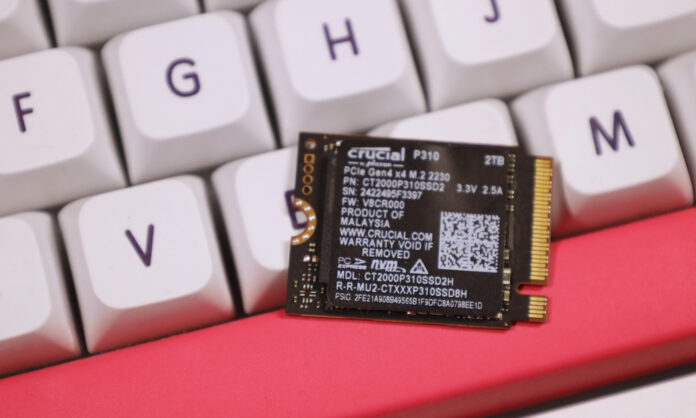
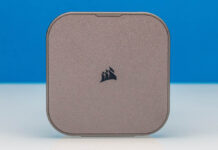
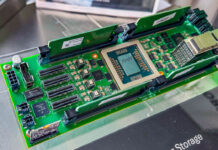
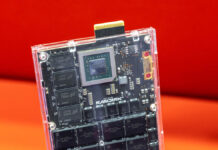
It would be interesting to have a benchmark that reflects the typical “download game at from steam and decompress it simultaneously” workload. At which point does the drive become the limiting factor rather than the network? Some QLC drives become a heavy bottleneck if you have 1Gbit/s download speed if they’re nearing full.
Thomas,
This drive did not dip that low, even when it was 85% full. It maintained 300+ MB/s write speed.
@Thomas. In that use case the CPU is always the limiting factor, the drive speed will always be sufficient.
Personally I’d prefer a 1GB/s transfer rate but at 16TB and for about £200.
Don’t really mind the form factor.
I understand this won’t happen due to market forces, but still, nice to dream.
Cooling does seem ahem, crucial. We’ve found lots of good cooling solutions for 2280 drives but will need to look into solutions that can work where we are using these for 2230-sized ones. Thatbeing said, there are several use cases in our environment where the physically smller ones would be useful, and this seems like a good option.
Im sending mine back, it is heavily thermal throttling to the point where read / writes are sitting around 60MB/s in an open case. This was when actually trying to image to a new drive with the P310 as the source. It was running very hot when idle and once you start to do anything involving transfers its straight to the 85c mark and crawling.